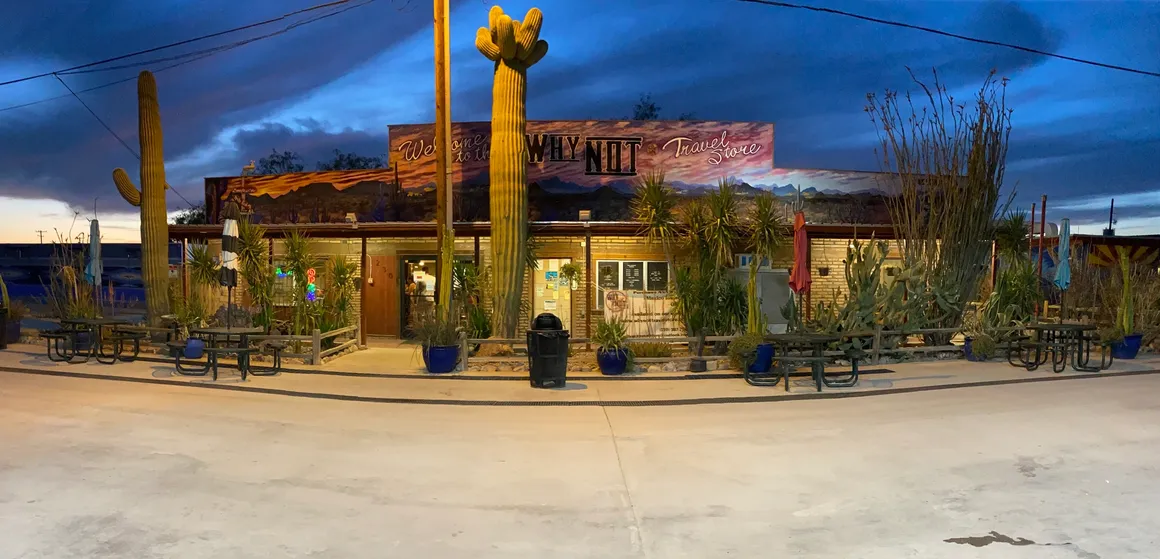Indigenous People of Mexico
A peaceful and quiet people, the Tarahumara, have an archeological history of over 2,000 years. They call themselves Rarámuri, the “foot runners.” At one time they inhabited the northern portion of the state of Chihuahua. The Spanish, upon their discovery of gold and silver, forced the Tarahumara people to work as slaves in the mines, thus driving the natives deeper into the rugged mountains of the Sierra Madre Occidental Mountains, an area now known as the Tarahumara Mountains in the state of Chihuahua.
It is thought that there are approximately 70,000 to 106,000 Indians living mostly in their traditional homes or in Mexican towns. Their remoteness may be the reason for such a big discrepancy in their population count. Their native language is from the Uto-Aztec family and is still spoken today, even as Spanish is trending to take its place. Originally hunter gathers, they now farm corn, beans, squash and cultivate fruit trees. They also raise sheep, cattle, and goats. Some Tarahumara still migrates seasonally. Highly valued in their society is respect for one another over material things.
Their religion is a melding together of Shamanism and Christianity, for most of people, but some have held firmly to their original beliefs. Tesgüino, a fermented beer made from corn, is used in ceremonies, as well as peyote. Their religious celebrations include a lot of dancing accompanied by the beating of animal skin-covered drums, flutes, and rattles. Their traditional ritual clothing is worn by the dancers. They may wear a white loin cloth that also drapes loosely over the sides of their hips, down the back of their lower body almost to ankle length. Colorful tied belts, a scarf tied around their neck and one folded wide, wrapped around their forehead topped off with an elaborate plume of feathers. Their bodies may also be painted with white spots, representing the jaguar. Their most highly celebrated holiday is Semana Santa, Easter Week. The drumming and dancing can go on for days, non- stop. Some of their other music includes violins and guitars among other instruments.
In everyday life, many of the Tarahumara people have retained their traditional garments, especially the woman. They usually wear long, full, colorful, ruffled tiered skirts, a colorful blouse tied at the waist, and a large wraparound shawl for warmth. On their head is worn a scarf, kerchief style, tied under the chin. One of their favorite colors is red. The men are commonly seen in pants, colorful shirts, and cowboy hats. Some men may mix modern and traditional styles. The younger men may appear as any teenager in jeans, a tee-shirt, and a bandana tied around the forehead, similar to the traditional style.
In their culture, it is not uncommon for people to live together for a year before getting married or marry more than once until a compatible partner is found.
Most notably they are known for their fame as skilled long-distance runners. They run, very often barefooted or in thin-soled huarache sandals tied with a thin leather strap around their ankle. This fact has put a question into buying expensive padded running shoes. The padding is comfortable but causes the foot to land on its heel and not the pad of the foot. It’s been determined that the natural selection of millions of years of evolution has designed the foot perfectly for running virtually with no injuries, on its own. At one time the Tarahumara were engaged to deliver messages to the hard-to-get-to remote areas in the mountains of Mexico. The Tarahumara are known for their stamina. They can run easily for over 100 miles. In the 1920s organizers of races from California invited the Tarahumara to a race in Kansas. The length was 42 kilometers. The organizers were really surprised when the tribe sent 3 women. Evidently, the Tarahumara believed that it was a race for weaklings, only for women.
The Tarahumara are working at maintaining their traditional lifestyle, but it is becoming more and more difficult, as commercial agriculture, mining, and lumbering are threatening their homelands.
There are informative and enlightening videos on Youtube.com. The reader may want to visit the Tarahumara Internet-based radio station to listen to their spoken language and music. The link is http://www.radiotarahumara.com.



























